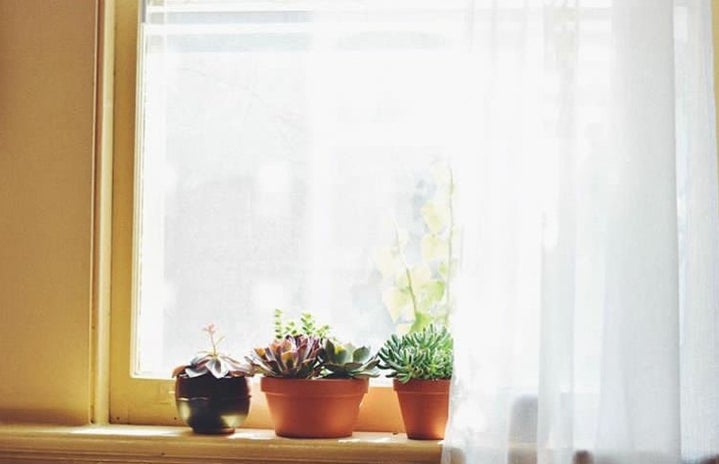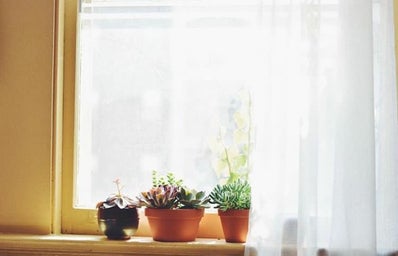Growing plants in your dorm can be pretty easy and stress-free with the right tricks and tips. To know what kind of plant you should get, you need to know yourself first!
How much attention and time can you give to your plants? Will you maybe forget about them for some time or forget to water them? What direction does your dorm face? Do you get more direct light throughout the day or indirectly? How much do you want to spend on your plant? How many plants should you get? These are all valid questions that you should be asking yourself before you begin your dorm plant journey.
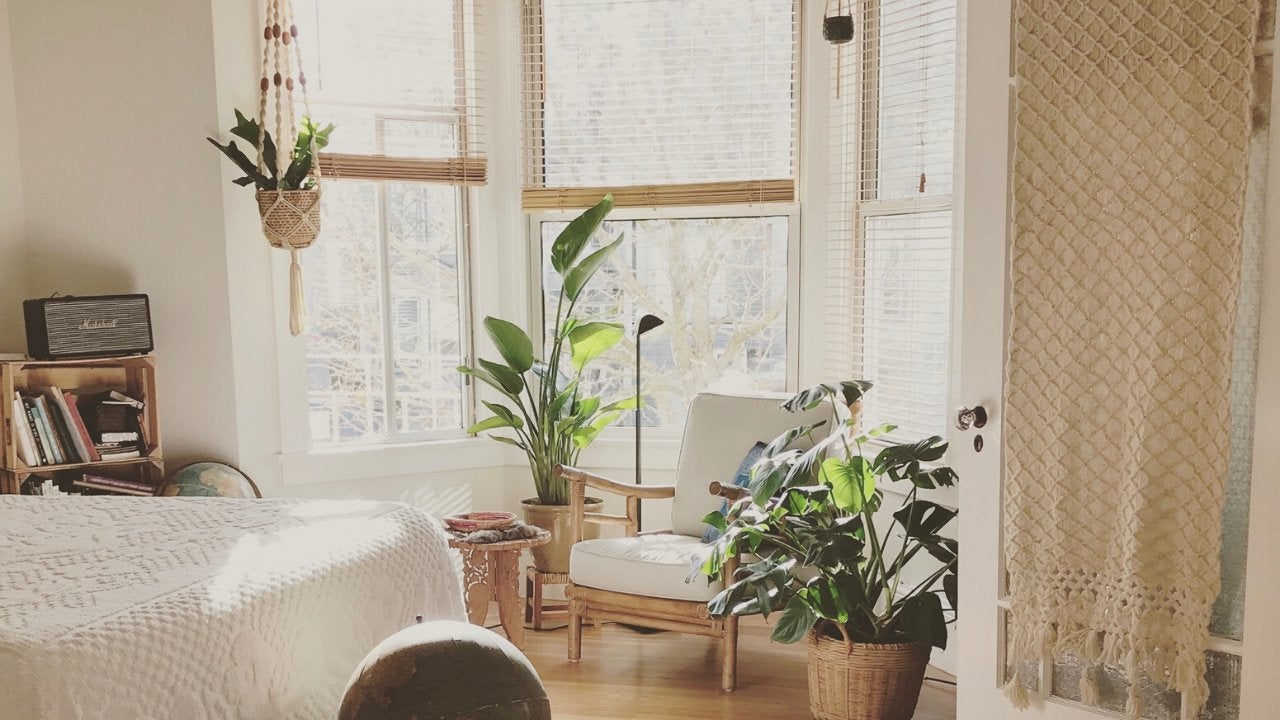
There are many places close to campus where you can take a mini trip to get the plants you want.
The closest places to buy plants at a good price are right in Tenleytown! Whole Foods has a large range of plants and flowers that you can purchase. Ace Hardware, which is in the same plaza as the new Target, has many different kinds of plants to pick from all at a pretty good price depending on your choice in plant size. CVS & Walgreens also have seasonal shipments of plants, mainly succulents, with an average price of $7.
If you’re willing to travel just a bit farther to Georgetown to the nearest Trader Joe’s, they have a variety of beautiful plants at an affordable price. You can get medium-sized orchids for around $8 and bouquets of 24 flowers for $10.99 for those who want a pop of life in your dorm. Flowers add a nice touch to your dorm space especially if you don’t have a lot of time to take care of a living plant and they can last you a good week and a half.
A quick trip to Giant in Cathedral Heights will lead you to bigger plant selection. Anything from bamboo and succulents to ivy and aloe vera can be found in the massive plant selection at Giant.
What Kind of Plant is Right for You
The right plant for you depends on your habits, daily routine, and personality.
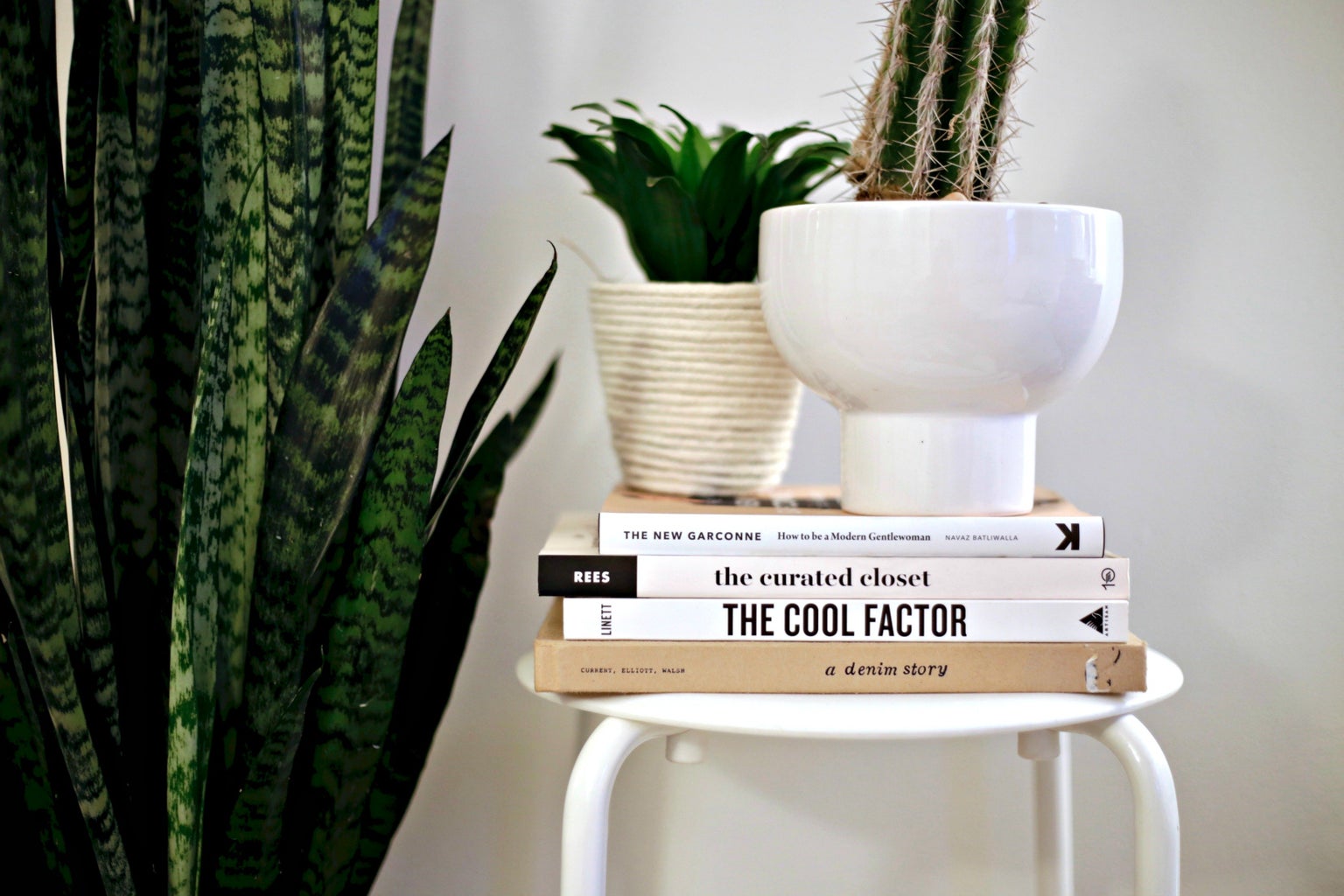
You have the right intentions and attitude when it comes to taking care of plants, but somehow you always end up killing them. Don’t worry! Taking care of plants is so much more simple than you think. Maybe you don’t have a lot of time in your day to worry about plant care, but still want that little pocket of life in your dorm. Snake plants are beautiful and extremely difficult to kill. They can sit on your windowsill and only need to be watered every two to three weeks. These are very strong plants with a harder leaf texture than many other typical houseplants. I purchased my snake plant at CVS last May, and it has grown so much with such little maintenance.
Snake plants are truly so easy to take care of; I left my snake plant in my dorm for the whole month of winter break and when I came back, it had grown a couple of inches. Legend has it that the reason for their resilience and strength is that they take in the bad energy of your space to protect you. So don’t feel discouraged if you’ve killed every plant you’ve bought to this point; snake plants can be the perfect start to learning how to properly take care of plants.
For the plant lover who has more time in their day
With a more open schedule comes more time to focus on your plants. Most plants need attention in their care, but it is a beautiful thing to get to understand and grow with the plants you’re taking care of. Aloe vera is a 2-for-1 type of deal because it is fast-growing and mostly low maintenance, and you can use its leaves for sunburns, acne or any type of skincare.
You can also prop this plant on your windowsill because it loves the sunlight. They also only need water every 5-7 days. They grow so fast that you can propagate the plant’s leaves and give them to your friends to plant their own aloe vera. Its leaves can be used for skincare and probiotic smoothies. Legend has it that aloe vera is also a protective plant with its small thorns on its leaves, and it is beneficial to the owner if you put it by your door so it can catch any bad energy or intentions that enter the room.
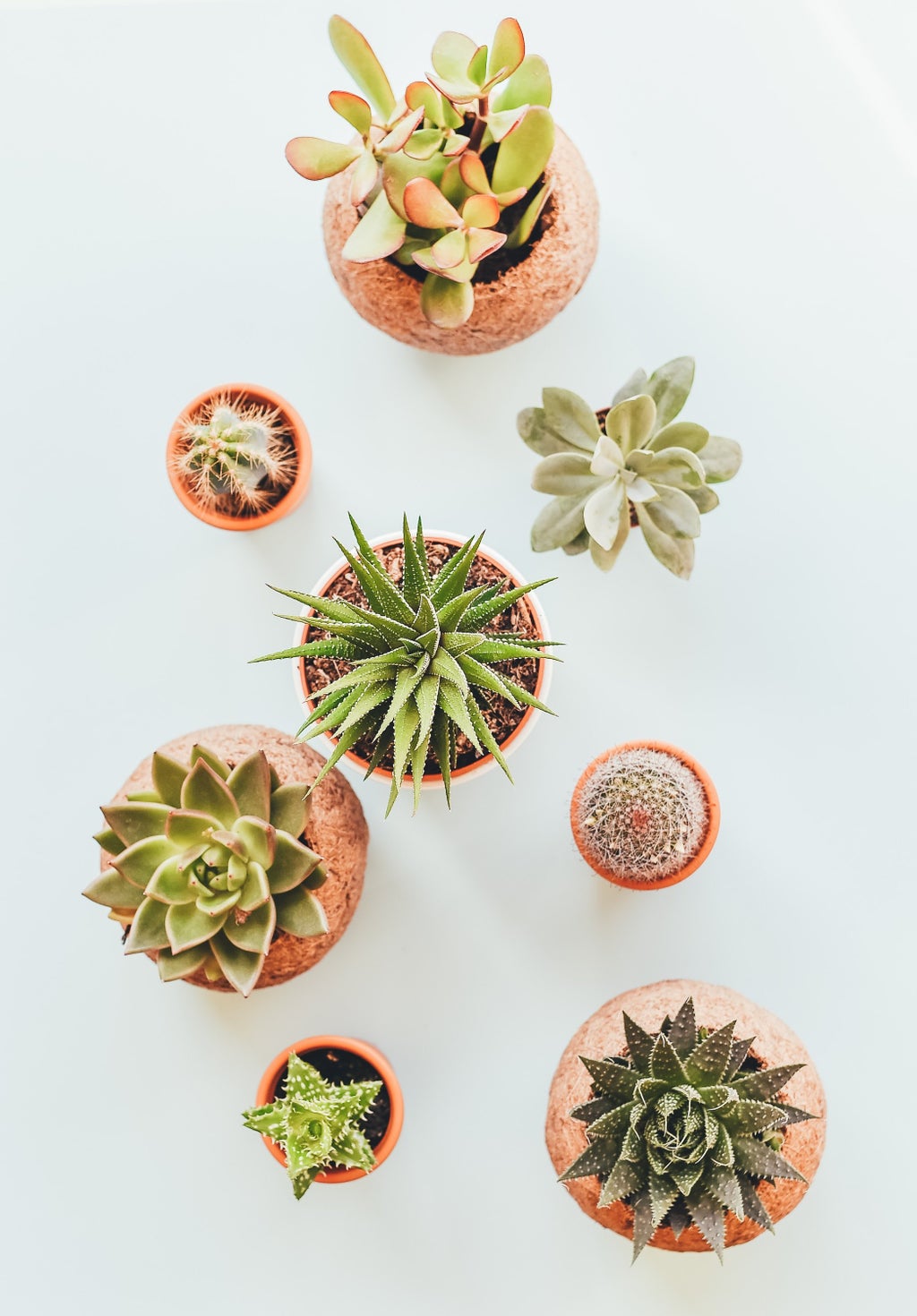
For the plant lovers who want a challenge
Orchids are notorious for their more complicated plant care routine, but when you have it figured out, it’s smooth sailing from there. As with buying any blooming plant, look for the one with the most pre-blooms on it, meaning the flowers that are still closed and haven’t bloomed yet. This will give you the most bang for your buck because you know that the plant is in the beginning stages of its blooming so you’ll be able to see the flowers for a longer time when you bring it home.
When watering your orchid, avoid pouring water into the crevices of the leaves because this can cause molding and infection. Instead, pour them into the actual dirt near the surface roots. That way, the water travels straight to where it needs to go.
A good rule of thumb for how often you should water your orchid is touching the dirt to see if it’s dry. The orchid dirt usually dries up every 6 days. It is important with every plant, no matter the type, to not over water. Checking to see how your plant looks and the dryness of its dirt are very important steps to taking good care of your plants. The more you look for these things, the better you’ll get to know your plant and the better you’ll be at taking care of them.
Lastly, orchids go through hibernation periods where they lose all their flowers. Most of the time, this does not mean your orchid is dead, it’s just resting for the season. When this does happen, water it as you did when it had its flowers and maybe your bottom leaves will grow in time for the next blooming season.
General Dorm Plant Care Advice
1. If you forget how long ago you watered your plants, don’t be scared! Just feel the dirt and if it is still damp, wait until the dirt is almost completely dry to water it again.
2. When you water your plants, pour just enough that the dirt absorbs all of it. Make sure you don’t have a puddle of water at the top of the dirt because this will cause molding. Trust your eyes.
3. Read the labels of the plant to see what kind of light and temperature they like. Direct light means where the sun hits directly, so probably a windowsill or a shelf by the window. If it says indirect light, this means that the sun does not hit it directly, but still is a well-lit place, probably on top of a dresser or shelf away from the window.
4. Enjoy the process! We can learn so much from nature so don’t be afraid to make mistakes and learn as you go.
Good luck & happy planting!
Photos: Her Campus Media Library
